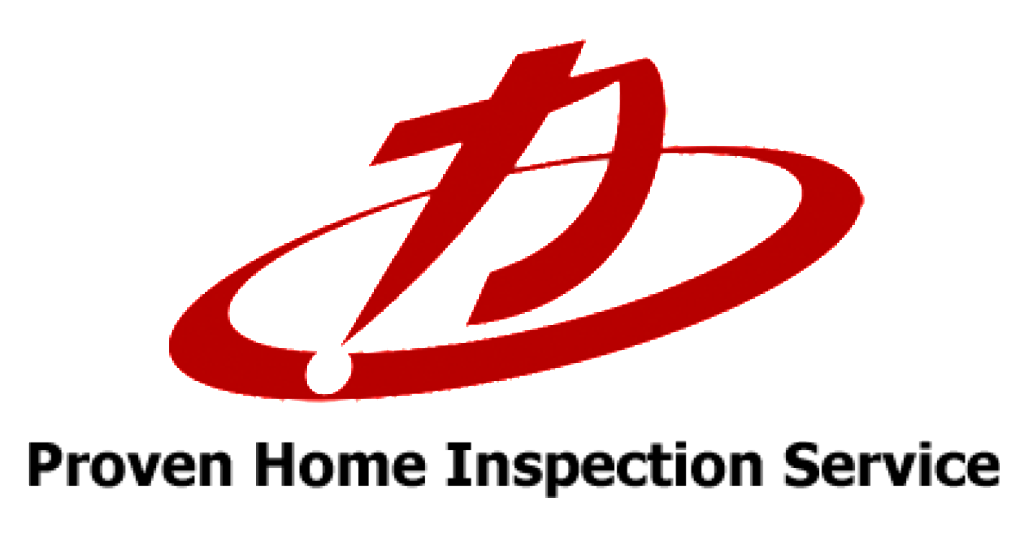Behind the scenes of your home’s heating, ventilation, and air conditioning (HVAC) system lies a crucial component that often goes unnoticed—the return duct. Understanding how the return duct works is key to appreciating the efficiency and comfort provided by your HVAC system. Let’s dive into the workings of a return duct and its vital role in maintaining indoor air quality and temperature control.
- The Basics of Air Circulation: Before delving into the return duct, it’s essential to grasp the fundamental concept of air circulation in an HVAC system. The system works on a cycle of drawing in air, conditioning it, and distributing it throughout your home. The return duct plays a pivotal role in this cycle by facilitating the return of used air back to the HVAC unit for reconditioning.
- Gathering Used Air: The primary function of the return duct is to collect air that has been circulated through your home and has absorbed heat or cooled down. This air is commonly referred to as “return air” and contains particles, dust, and pollutants picked up during its journey through living spaces.
- Filtering and Cleaning: As the return air travels through the return duct, it passes through filters designed to capture airborne particles and contaminants. This filtration process plays a crucial role in improving indoor air quality by removing dust, allergens, and pollutants before the air is reintroduced into the HVAC system for conditioning.
- Returning to the HVAC Unit: Once the return air is filtered and cleaned, it enters the HVAC unit through the return duct. Here, the air undergoes the conditioning process, where it is heated, cooled, or dehumidified based on the temperature settings programmed on the thermostat.
- Efficiency and Comfort: The efficient operation of the return duct contributes to the overall efficiency and effectiveness of your HVAC system. By recycling and conditioning air already inside your home, the system minimizes energy consumption compared to constantly bringing in fresh outdoor air.
- Balancing Airflow: Proper design and installation of the return duct system are crucial for maintaining balanced airflow throughout your home. Adequate return ducts in each room or zone ensure that air is evenly distributed, preventing hot or cold spots and maximizing comfort levels.
- Maintenance and Care: To ensure optimal performance, it’s important to regularly maintain and clean the return ducts and filters. Clogged filters can restrict airflow and strain the HVAC system, leading to decreased efficiency and potential malfunctions.
- Enhancing Energy Efficiency: A well-designed and maintained return duct system not only improves indoor air quality but also contributes to energy efficiency. By recycling conditioned air, the system reduces the workload on the HVAC unit, leading to lower energy bills and a smaller environmental footprint.
In conclusion, the return duct is a vital component of your HVAC system, responsible for gathering, filtering, and returning used air for reconditioning. Understanding how the return duct works and its impact on indoor air quality and energy efficiency empowers homeowners to make informed decisions about HVAC maintenance and optimization for optimal comfort and cost savings.

Recent Comments